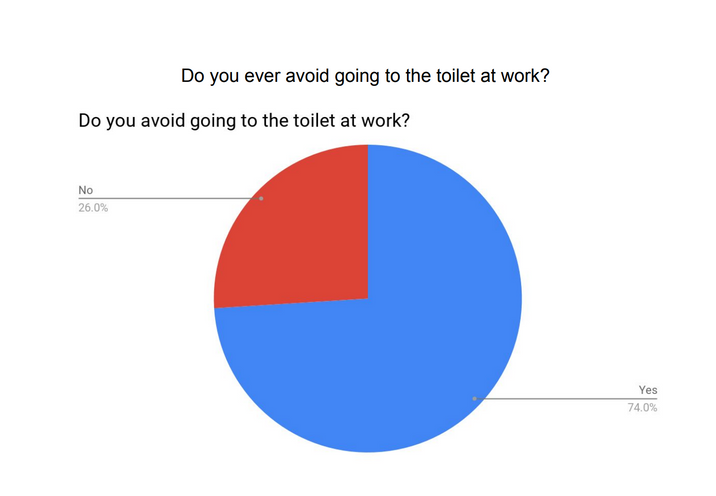Towards a better understanding of natural hazard risk and economic losses in Europe
The "Science for Disaster Risk Management 2020: acting today, protecting tomorrow", the second of its series, has been produced with the collaboration of more than 300 experts in disaster risk management. The participants come from different disciplines and sectors to provide the reader with accurate and updated information on the consequences that disasters have on key assets of society (population, economic sectors, critical infrastructures, environment and cultural heritage) and how these can be managed. Finally, the report provides a set of recommendations addressed to four target groups of society that can actively work to reduce disaster risk: policymakers, practitioners, scientists and citizens.?
The report aims to move from identifying problems to identifying solutions and approaches for action. The launch would be a good opportunity to engage with different stakeholders to identify what the community has learned up to now and to explore together how the proposed recommendations can be put in practice.
Jaroslav Mysiak, director of the CMCC research division 'Risk assessment and adaptation strategies' participated in the realization of the report as coordinating lead author (CLA).
In his contribution (Chapter 3 Assets at risks and potential impacts - 3.3. Economic Sectors), the authors reviewed the state-of-the-art knowledge, methodologies and practice of assessing damage and losses caused to residential building stock, agriculture, and industrial and energy assets.
Natural hazards are a major threat to sustainable development, economic stability and growth, territorial cohesion, and community resilience. According to the estimates of the European Environment Agency, the economic damage due to only natural hazard risks in the EU amounted to more than EUR 557 billion in 1980-2017, mostly triggered by extreme weather and climate-related events whose frequencies and/or intensities are expected to increase as a result of human-induced climate change.
"Over the past few decades, disaster risk assessment has improved thanks to the advancements in high performance computing, high-resolution topographic and other spatial data, a new generation of large-scale hazard and disaster loss/impact models, and high-resolution exposure datasets", Jaroslav Mysiak explains. "An accurate spatial representation of exposure features such as residential and industrial facilities and assets, infrastructure, population density and gross domestic product make it possible to improve the estimates and spatial distribution of disaster impacts. Advanced quality and accessibility of Earth observation products, including from the EU's Copernicus programme, have led the way to coherent exposure and vulnerability data at continental and global scales."
The authors concluded the chapter highlighting the lesson learnt from COVID-19 pandemic. "What we have lived through during the lockdown, and still will", they write, "is a mild foretaste of the systemic shocks that climate and global environmental changes may and will cause in the future. Future improvements of risk assessment need to be focused on a better understanding of indirect and spillover economic losses generated by slow-onset hazards, compound risks and cascading risks, as well as losses caused by disruption of social networks, economic flows and ecosystem services.
The EU Green Deal and the unprecedented post-COVID-19 recovery package will stimulate immense investments in green technologies and innovation, and lead the way to sustainable development and climate neutrality. Only with sound, evidence-based and multi-hazard risk assessments can we reconcile short-term 'building back better' recovery and medium- to long-term climate-resilient development."
###
Read and download the full report "Science for Disaster Risk Management 2020: acting today, protecting tomorrow"?Casajus Valles, A., Marin Ferrer, M., Poljanšek, K., Clark, I. (eds.), 'Science for Disaster Risk Management 2020: acting today, protecting tomorrow', EUR 30183 EN, Publications Office of the European Union, Luxembourg, 2020, ISBN 978-92-76-18181-1, doi:10.2760/438998, JRC114026.
Section 3.3 - Economic Sectors Mysiak, J., Molinari, D., Tsionis, G., Toreti, A., Okuyama, Y., 'Economic sectors', in: Casajus Valles, A., Marin Ferrer, M., Poljanšek, K., Clark, I. (eds.), Science for Disaster Risk Management 2020: acting today, protecting tomorrow, EUR 30183 EN, Publications Office of the European Union, Luxembourg, 2020, ISBN 978-92-76-18182-8, doi:10.2760/571085, JRC114026.
Conclusions Casajus Valles, A., Marin Ferrer, M., Poljanšek, K., Clark, I., Tagarev, T., Romão, X., de Jager, A., Pelaez, S., Mysiak, J., Papadopoulos, G., Agius, J., 'Conclusions and final recommendations', in: Casajus Valles, A., Marin Ferrer, M., Poljanšek, K., Clark, I. (eds.), Science for Disaster Risk Management 2020: acting today, protecting tomorrow, EUR 30183 EN, Publications Office of the European Union, Luxembourg, 2020, ISBN 978-92-76-18182-8, doi:10.2760/571085, JRC114026.






